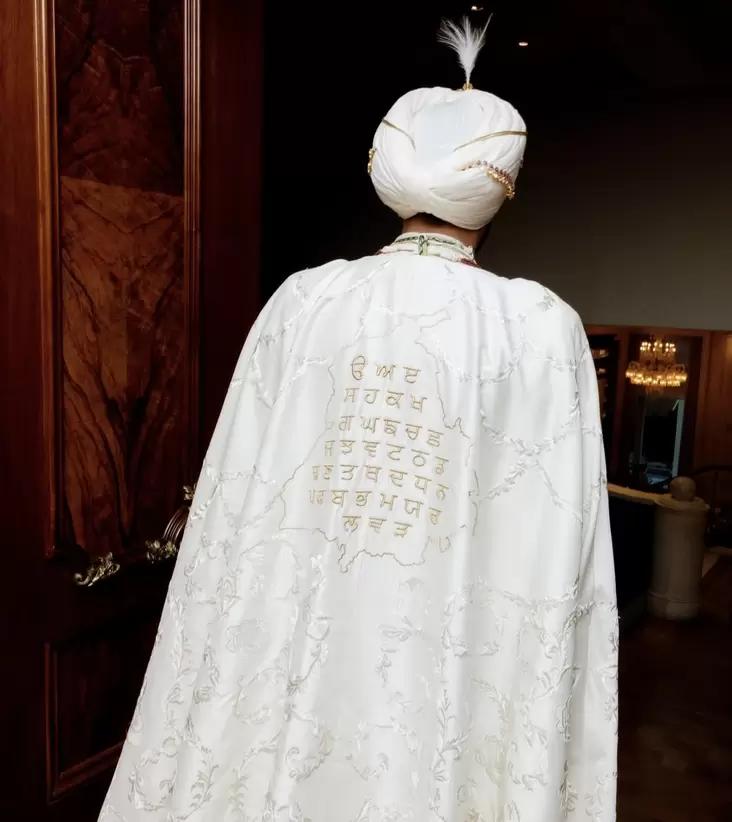FASHION
KARNIKA AWASTHI
May 9, 2025

The 2025 Met Gala witnessed a defining moment in fashion history — one where tradition met audacity, and cultural identity walked the red carpet with regal pride. Making his much-anticipated debut, Diljit Dosanjh emerged not just as a celebrity attendee, but as a cultural ambassador who brought the spirit of Punjab to the heart of Manhattan.
A Look Rooted in Legacy
Dressed in a bespoke ensemble by Prabal Gurung, Dosanjh’s look was anything but conventional. While the Met Gala red carpet has seen its fair share of extravagance, his approach was refreshingly grounded in heritage. He wore an ivory sherwani, hand-embroidered with Gurmukhi script and a detailed map of Punjab — a visual assertion of identity rarely seen on Western red carpets.
The embroidery was more than decorative; it was political, poetic, and proud. The motifs stitched into the fabric weren’t simply ornamental flourishes, but coded love letters to a homeland often misrepresented or marginalized in global narratives.
Crowning Glory: The Turban and Jewels
No less symbolic was his turban, a pristine white adorned with a dramatic feather and an ornate sarpech. In an era when turbans are still misunderstood in parts of the world, Dosanjh’s unapologetic styling reclaimed the space with power and poise. The accessory choices — multiple strands of emerald and diamond necklaces, inspired by the legendary Patiala Necklace — were a direct nod to royal Sikh lineage.
Though Cartier declined to lend the original necklace citing fragility, Dosanjh commissioned a meticulous recreation from Golecha Jewels, ensuring the spirit of the Maharajas lived on through him. The message was clear: if doors are closed to you, build new ones — and make them golden.
The Sword as a Statement
Carrying a ceremonial kirpan, Dosanjh turned a religious symbol into a sartorial manifesto. More than a prop, the kirpan symbolizes valor, justice, and protection — values deeply woven into Sikh identity. In his hands, it served as both cultural defiance and divine decorum.
A Cultural Renaissance on the Carpet
Diljit’s appearance wasn’t just about fashion — it was a moment of cultural renaissance. It was the first time in Met Gala history that Punjabi iconography was presented with such clarity and confidence. In a crowd of futuristic gowns and conceptual couture, Dosanjh’s look felt rooted — ancient yet radical, reverent yet disruptive.
His walk down the Met steps wasn’t just a celebrity debut — it was a reclamation. He wasn’t there to assimilate into a system but to expand it, to show the world that heritage doesn’t have to be diluted to be celebrated.
Reception and Reverberations
The response was instant and explosive. Fashion critics hailed him as one of the night’s best dressed. Vogue readers voted him above stalwarts like Zendaya and Rihanna. More importantly, South Asians around the world saw themselves reflected in a space they’ve historically been excluded from.
Final Word
Diljit Dosanjh didn’t just attend the Met Gala — he rewrote the rulebook. In an event where fantasy often overrides authenticity, he proved that the most powerful story is your own — if you have the courage to wear it.